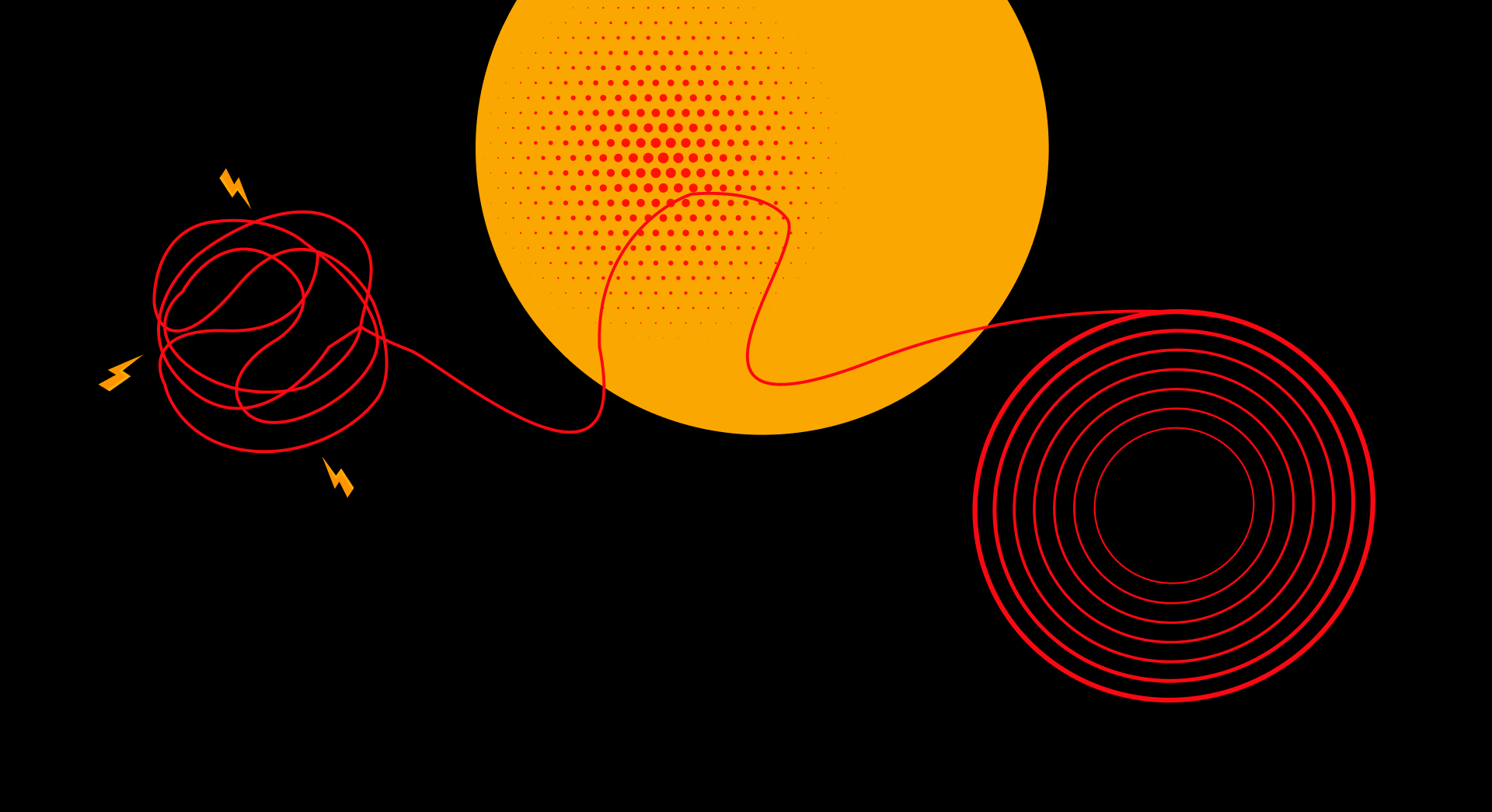
There is so much unrealized potential in data. A dataset that is not categorized or grouped, however, does not give users any meaning. The most crucial step in making the data relevant is organizing it so that the user can access and understand it with ease. We investigate the benefits of clustering data and how it might reveal patterns that hold a hopeful key to resolving our most difficult issues, from predicting seismically hazardous areas to spotting fraud.
Why do data cluster?
Please assist me in better understanding our customers so that we can promote them more effectively.
What would you do if your Chief Marketing Officer (CMO) presented you with such a request and provided you with consumer information?
An outcome must be predicted for numerous combinations of factors in specific problems. When the labels to be analyzed are known to us in advance, we can calculate certain outcomes from your data, such as the LifeTime Value (LTV) or propensity of cross-selling. However, the nature of the question is more general because it calls for finding patterns in the data without connecting them to a particular result.
The goal of clustering is to separate groups with similar characteristics and place them in clusters, opening the door to data discovery. Instead of using data to support one’s own prejudices, creatively organizing it can reveal important insights.
An account of how Napoleon’s French army was utterly destroyed
A statistical graphic and map were produced in 1825 by French civil engineer Charles Joseph Minard (1781-1870) to show Napoleon’s Grande Armée’s march into (1812) and retreat from (1813) Russia.
The map’s genius as a statistical chart comes in how it organizes and combines six separate types of data
Geography: On a standard map, rivers, cities, and battles are labeled and positioned based on when they occurred
The color of the path—red going into Russia, black going out—indicates the orientation of the troops.
The path’s flow, which mirrors Napoleon’s route in and out, represents the army’s movement.
The path’s width, which gradually gets narrower as the number of soldiers left decreases, serves as a visual reminder of the campaign’s heavy human cost, with each millimeter standing in for 10,000 soldiers.
Temperature: In the republican measurement of degrees of réaumur (water freezes at 0° réaumur, boils at 80° réaumur), the bitterly cold Russian winter on the return journey is indicated at the bottom.
Time: From right to left, according to the temperature shown at the bottom, commencing on 24 October ( “rain”) and ending on 7 December (-27°).
While Napoleon entered Russia with 442 soldiers, he only had 100 men remaining when he captured Moscow, spent some time wandering around its abandoned ruins, and only had 10 shivering soldiers left when he from the Eastern clutches. Napoleon never fully recovered from this blow, and less than two years later, he would be soundly defeated at Waterloo.
Various data types and clustering techniques What other options do we have?
Methods like open card sorting, which allows users to group information into clusters as they see fit, are offered by design research. Learning about the user’s mental models, this way of sorting helps to make a product more usable.
In order to group or categorize huge volumes of data based on their links and move from analysis to synthesis, a method called an affinity diagram is used.
AI models clustering via unsupervised learning, which is typically applied to pattern recognition issues. The learning system is not given any labels; instead, it is left to its own devices to identify the structure of the data. Finding hidden patterns in data can be a goal in and of itself, or feature learning might be a means to an aim.
Identifying proximity measurements, or what makes data points similar to each other and what makes them distinct, is a common feature of all the various clustering methods.
To begin, ask yourself.
What different characteristics does my dataset have? (For instance, geographic coordinates, a timer, temperature readings, etc.)
What various categories (a singular combination of particular attributes) might my data be categorized into? (For instance, the army’s course, which depicts the various coordinates of the locations the army visited)
Which category is a property more similar to, or more different from, if they overlap?
Can data be organized and compared over a single shared property measure? (For instance, groupings of people under 20, between 20 and 40, and over 40 years old)
By comparing one property to another and one property to other properties, how can data be categorized? (For instance, a category of the number of soldiers still present in relation to time, or the temperature throughout several times and locales)
Make different decisions to uncover the data’s hidden realities.
When considering clustering or grouping data, we frequently use a linear strategy or mental model that restricts the potential outcomes. We might find a wealth of knowledge that was previously a blind spot when we open up our frame to innovative issue solutions.
While investigating the breadth by looking for connections will help us mitigate what one is predetermined to access, deep mining into dataset attributes can help us identify unknowns by decreasing the noise.
You may make more useful goods by letting the consumer view the information in a way that is pertinent to their goals. When the user is unable to recognize the pattern on their own, we need to look at the value clustering to open up a range of alternatives that could result in actionable data insights.










